Developing the Halophyte Agriculture Sector in Vietnam
Project Location
Mekong Delta and outer Ho Chi Minh City
Socio-economic and Environmental Context
Soil Erosion / Salinisation / Aquaculture / Crop Production
Objectives
+ Generating value from salinized land
+ Wastewater treatment for aquaculture systems
+ Creating alternative feed ingredients for aquaculture and livestock
+ Establishing markets for Salicornia and other native halophyte species
Benefits
+ Ecosystem conservation & reforestation
+ Resilience for communities during dry season
+ Alternative sources of livelihood
+ Climate mitigation
+ Sustainable sources of animal feed and vegetable agriculture
Seawater Solutions Role
Cultivation of halophyte crops in collaboration with farmers and developing links to markets.
If you have questions or want to learn more about our operations here in Vietnam, you can get in touch with [email protected].
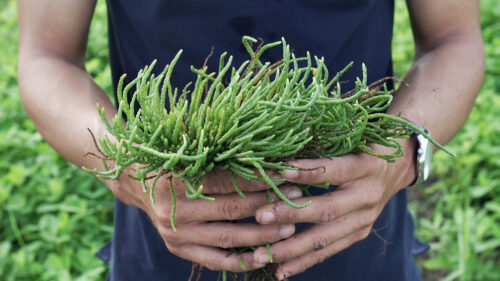
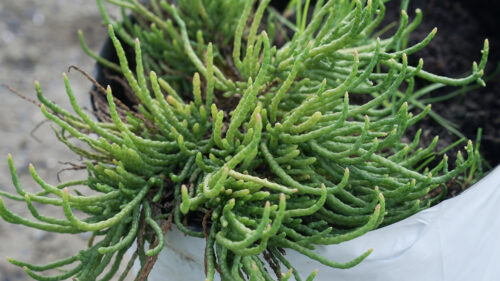
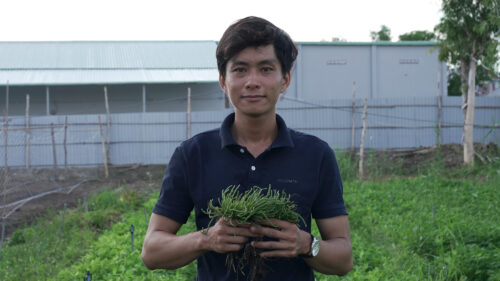
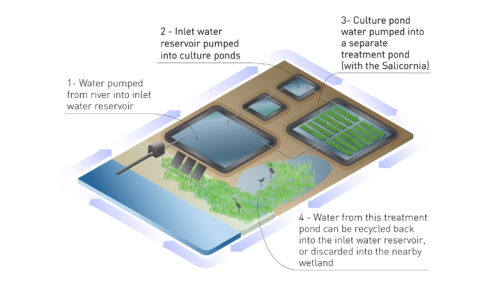
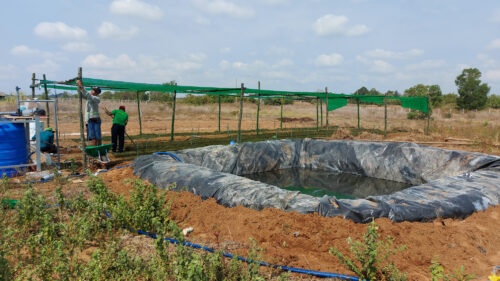
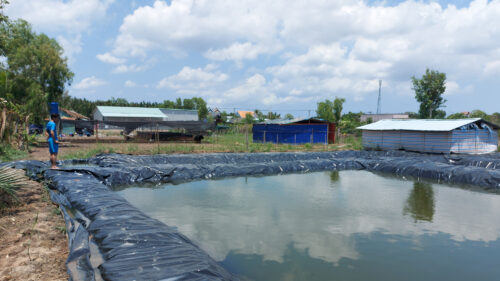
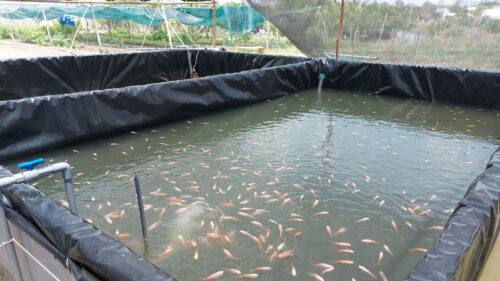
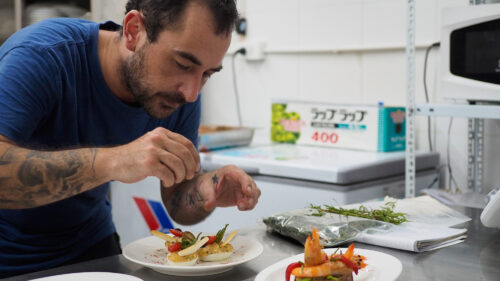
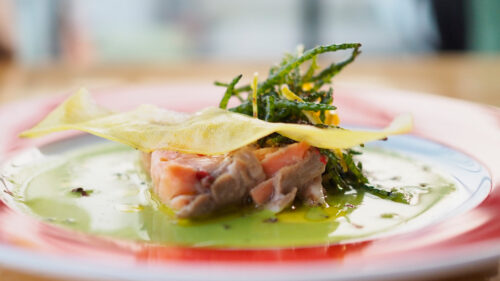
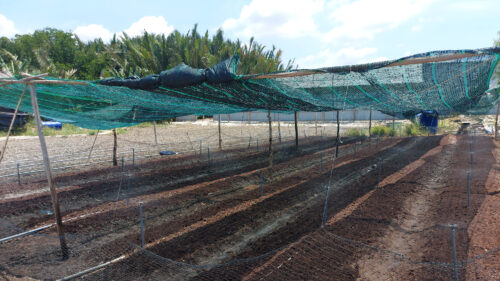
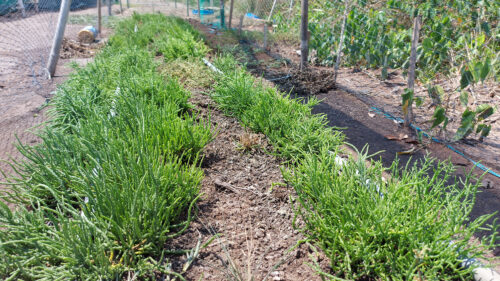
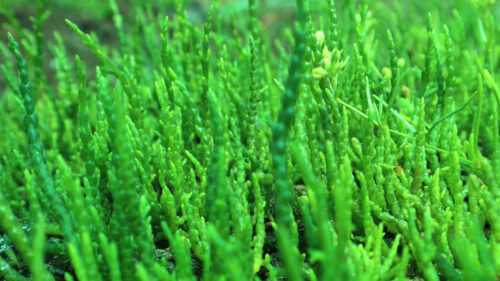
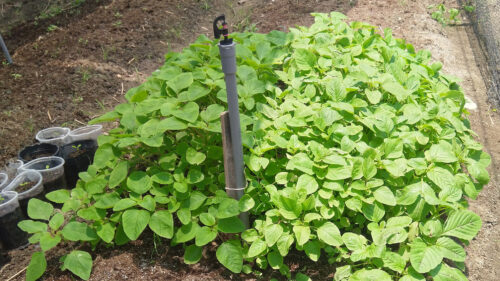
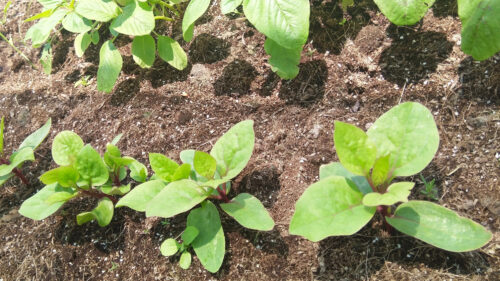
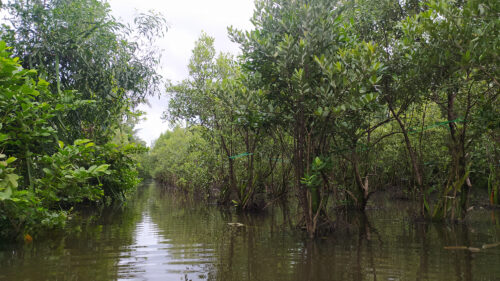
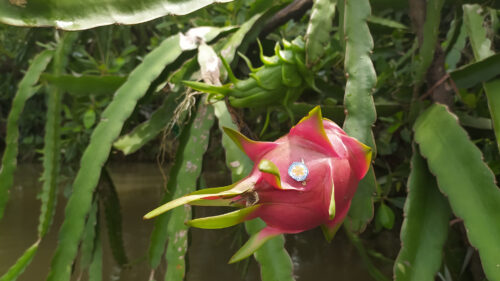
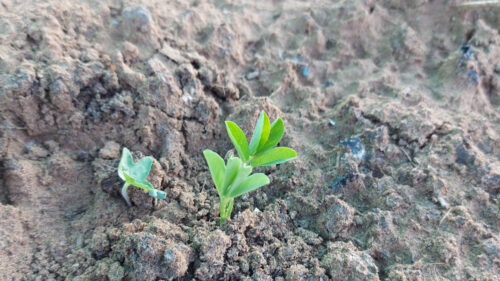
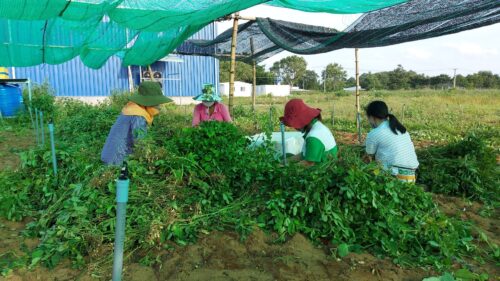
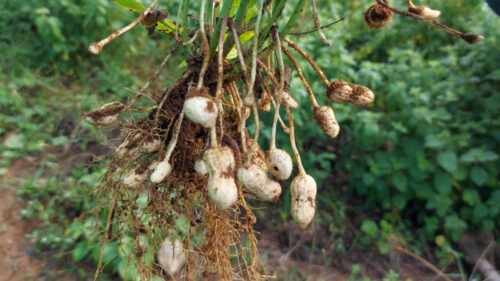
Project Description
Most of Vietnam’s productive land lies in low-lying coastal expanses, placing valuable economic assets at risk of damage from sea-level rise. Rising seas is a particularly key issue in one of the country’s most economically productive regions, the Mekong Delta, where seas are rising at an average 3mm per year. The issue is so severe that climate projections estimate by 2050 more than 31 million people in this region will live below high-tide lines, and large portions of agricultural land will be unusable. For these reasons, Moody’s Investors Service estimates that assets worth 10% of Vietnam’s GDP are ‘exposed’ to the effects of sea-level rise, making Vietnam one of the world’s most vulnerable nations.
Our mission in Vietnam is to generate new economic opportunities in areas affected by land degradation and in areas with limited access to fresh water by creating a sector for halophyte crops. Our intention is to develop partnerships with local farmers that can facilitate production, through provision of seeds and routes to market, empowering farmers to develop their own cultivation strategies for these new crops.
Another key outcome of our work in Vietnam is to integrate halophyte cultivation with aquaculture systems. Vietnam is the world’s largest shrimp aquaculture producer regarding land area, where many of these farms discharge large volumes of untreated waste. Our system allows farmers to irrigate high value salt tolerant crops with clean effluent from their production ponds and generate value from wastewater. Furthermore, these crops contain essential lipids and micronutrients used in livestock and aquaculture feeds which we are testing at our aquaculture demonstration site.
Finding other marketable halophyte species native to Vietnam is one our most exciting new projects. We are consistently finding plant species that can tolerate salt which grow prolifically in salt marshes across Vietnam. Many of which have market value in other countries or were once consumed and now have been forgotten. Rediscovering markets for these forgotten species is among the most important work we are doing.
Project Sites
Long An Orchid Cooperative
A group of farmers in Long An province is growing orchids integrated with fish in an aquaponic system. The group recently installed a recirculating aquaculture system for shrimp and lent us a plot of land to grow our Salicornia using water from their waste storage tanks. The crop has grown well thanks to the organic fertilizers from the shrimp waste water and thanks to some new technical developments we’ve been testing at the site. Next dry season we plan to expand the Salicornia cultivation area with other members of this cooperative.
Nha Be Vegetable Farm Site
Nha Be Nhut is a vegetable farm owned by Lam Quoc Nhut, which is located at Hiep Phuoc Commune, Nha Be District, Ho Chi Minh city. The site was a wild Nipa Palm forest, largely inundated with brackish water with swampy conditions. Nhut was growing conventional crops such as lemongrass, gourd, watermelon, cucumbers irrigating with groundwater pumped from a well, but these crops were not economically profitable. However, during our Salicornia trial we were able to irrigate brackish water from the surrounding river canals and bring our produce to high end restaurants around Ho Chi Minh City and Hanoi. Since then we’ve also built aquaculture ponds and a blackfly larvae house to create natural fertilizers and wastes for our halophytes. We plan to make this site our hub for developing halophytes crops on salinized land irrigated with saline water from the river canal and integrate with an aquaculture systems, blackfly larvae and other natural nitrogen sources for crops.
Skretting R&D Farm
The site is the temporary R&D shrimp and fish production farm of Skretting – a multinational aquafeed producer, which is located at Hiep Phuoc Commune, Nha Be District, Ho Chi Minh city. Previously the site was a saline marsh dominated by Nipa Palm with many shrimp pond in the surrounding area. Skretting has kindly lent us land on bank of their shrimp ponds and water from their wastewater treatment site to grow and irrigate our halophyte crops. Unfortunately, the soil on the cultivation site has very low quality with limited growth of grass and natural vegetation. However, our ability to irrigate with effluent water from shrimp production, with tilapia also living in the pond, allows us to take advantage of the abundant organic nutrients in fish and shrimp waste remediation ponds to grow our crops. We aim to encourage farmers to develop and expand land used to treat wastes from aquaculture ponds by allowing them to generate revenue from our salt tolerant crops.
Socio-economic and Environmental Context
Salinisation / Aquaculture Waste Water Treatment / Native Halophyte Production
Objectives
+ Create partnerships with farmers affected by saline water
+ Integrate aquaculture facilities with halophytes
+ Cultivate native salt tolerant species
+ Revive salinized land and abandoned salt farms
+ Create markets for halophytes crops
Expected Outcomes
+ Grow halophyte crops at aquaculture farms and irrigate with effluent water
+ Finding other marketable halophyte species native
+ Create domestic retail and HORECA which purchase our crops fresh, or processed into feed for livestock
Seawater Solutions Role
Developing agriculture and aquaculture sites
Establish a market for the crop